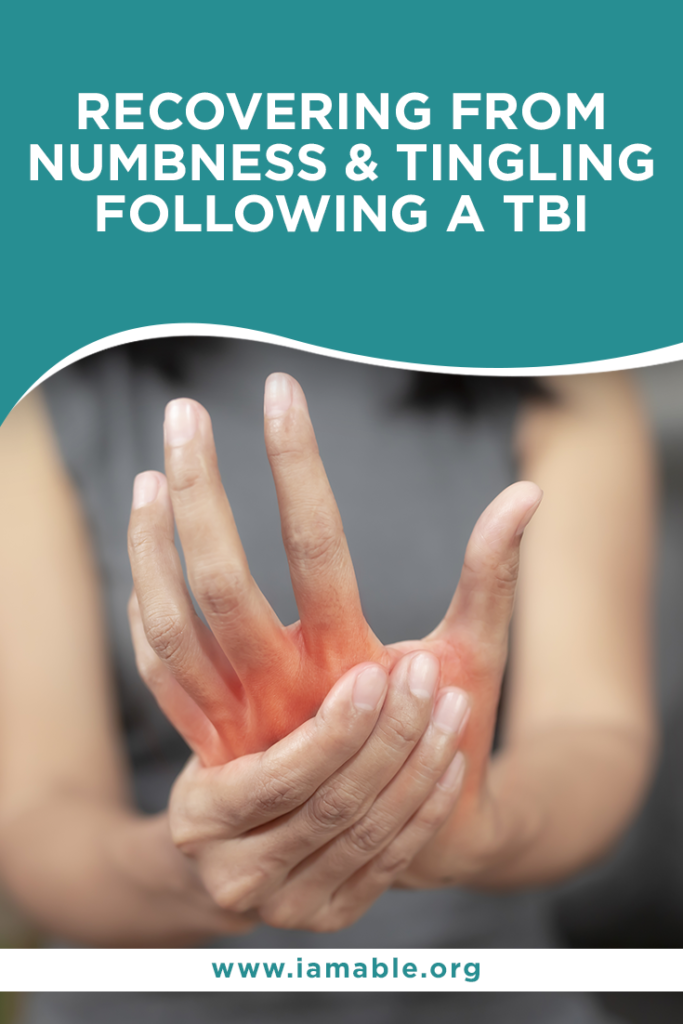Miami, FL 33186

Several neurological issues can linger in the aftermath when a person experiences a head injury. Such trauma may include things like a concussion or a TBI. Numbness and tingling may signal an underlying problem. Today, we will take a look at some of the reasons these symptoms may persist and how you can cope. From simple exercises you can perform at home to technological advances like a functional electrical stimulation bike, we’ll address the best ways to recover.
Before we look at some viable treatment options, it is vital to consider the problem’s underlying cause. This will help you understand why the various treatments are effective and help you and your healthcare provider determine the best course of action for your circumstances.
So what are some of the reasons you may experience numbness following a head injury?
Once your doctor can determine the reason for your numbness and tingling, you can begin to develop a strategy for recovery. Let’s consider some of the treatments that may help to restore sensation.
Your doctor or physical therapist may assign you some tasks to perform at home that stimulate the senses in various ways.
The idea of each of these tests or exercises is to retrain your brain by activating its neuroplasticity. These are some things you can do at home. What are the treatments available from healthcare professionals?
Sometimes the nerve damage results from the neck being jammed during the head injury. In this case, acupuncture or massage therapy may help to relieve some inflammation from the area. While there is limited scientific research connecting these therapies to a restoration of sensation, there are some reasons they make sense. You might be interested in reading about how acupuncture helped a patient’s neuropathy in a case study.
Functional electrical stimulation (FES) involves using electrical impulses to cause the muscles to contract and release. The physical therapist controls the amount of stimulation to keep it comfortable while providing the optimal benefits. In connection with a functional electrical stimulation bike, FES can boost neuroplasticity.
The electrical impulses work together with your own muscles to pedal a stationary bicycle or operate a handcycle. This activity, combined with stimulation, can help retrain the body to perform the motions and experience the sensations. This is especially crucial if your numbness reaches the point of paresis. In other words, the muscles feel week, and you may even experience an inability to move at times.
Suppose you recover from your head trauma at a neuro rehab center like iAM ABLE in Miami, Florida. In that case, you can enjoy using technology like a functional electrical stimulation bike to help support the results of your physical therapy and any exercises that you receive to perform at your home.
Besides just physical therapy and some of the treatments noted above, you may also require some mental health support following a traumatic injury. For example, you might require some cognitive behavioral therapy to assist with any post-traumatic stress.
Additionally, iAM ABLE is here to help patients who are struggling to come to terms with any paralysis or paresis that results from the injury. Our eBook, 7 Unbelievably Important Steps to Take to Thrive after Paralysis, will help you cope with the challenges ahead. Recovery following a severe head injury is never easy, but you can maximize your outcome with the help of the right attitude. Accepting your new circumstances and moving forward can help you realize your goals and desires and continue to thrive.
Grab our free e-book 7 Unbelievably Important Steps to Take to THRIVE after Paralysis by clicking the image below.
